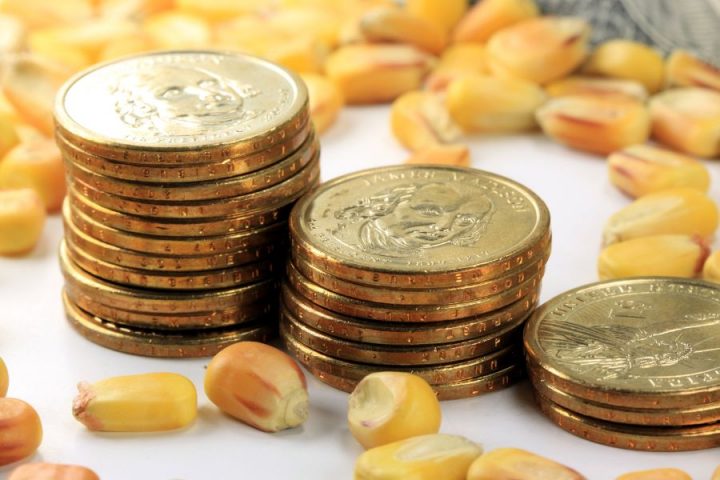Understanding commodity correlations in trading can be profitable for you. There are several benefits of trading pairs with high correlations, but you should also be aware of the dangers. This article explains the dangers of trading pairs that haven’t returned to their prior correlation. You’ll also learn how to monitor market correlations with the help of modern trading platforms.
Profits made by trading commodity correlations
While trading currency pairs, you must remember that currency and commodity prices are often correlated, which implies you can profit if the price of one moves against the other. For example, the Australian dollar often moves in correlation with copper. Another example is the Swiss franc, which has a strong correlation with gold, as the country’s currency is guaranteed by its gold reserves.
Many studies show that commodity-stock correlations are rising, but the timing of the rise has not yet been determined. One possible reason for this is that financial investors are integrating commodity markets with stock markets. In addition, the recent financial crisis may have amplified these trends. Furthermore, since commodities tend to be volatile, investing in them in physical form may be impractical for many. In such scenarios, you may intend to consider managed commodity futures accounts.
Commodity correlations can be profitable if you can identify upward trends. Although commodities are becoming less of a factor in asset class returns, they still provide valuable portfolio diversification benefits. Diversified portfolios with commodity sub-indices perform better than diversified portfolios without them. Furthermore, they offer higher returns during low volatility periods.
Investing in commodities requires a deep understanding of the supply-demand dynamics. High prices can make prices rise wildly, while low prices can cause prices to fall drastically. During times of high prices, suppliers will ramp up production in order to profit from the price spike. Eventually, prices will fall back to normal levels. The most profitable companies in the commodity industries are the ones with the lowest cost per unit. Fortunately, as long as the market is open, these companies can stay in business.
Dangers of trading pairs that haven’t returned to their previous correlation
While there are advantages to trading pairs, you should also be aware of the risks involved. Using more than one currency pair can make your exposure to risk much greater. For example, trading AUD/USD and NZD/USD is a risky strategy, as they tend to move in the same direction.
Currency pairs that have a strong correlation usually have close economic ties. The EUR/USD and the GBP/USD, for example, have a positive correlation due to being geographically close neighbors and two of the world’s most-held reserve currencies. Identifying positive and negative correlations between currency pairs helps traders make decisions when they enter and exit a trade. When the correlation is positive, you will buy or sell the same pair, and in the negative case, you will buy or sell the opposite currency.
Currency correlations change over time. For example, EUR/USD/CHF once had a highly positive correlation of 0.95. That means that the currency pairs mimicked each other’s movements by 95%. While this is still a strong correlation, it’s important to remember that the correlations between currency pairs have been influenced by many factors.
When you’re trading currency pairs, you should consider constructing a portfolio with low-correlated currencies to minimize risk. For example, buying EUR/USD and AUD/USD will almost have the same effect as buying two lots of EUR/USD. The correlation between the two currencies is 0.91, and long positions on one currency pair will increase profits while short positions on another could increase losses.
Monitoring market correlations with modern trading platforms
Monitoring commodity market correlations is vital to successful trading. Currency pairs and commodities have strong correlations, but over time, these correlations can reverse and become negatively correlated. You must monitor these correlations for opportunities and use the information you find to decide if they are worth trading. Using modern trading platforms can help you keep up with this.
In the past, the two markets were correlated with each other, but now it is possible to track both. For example, if oil is rising and the USD/CAD is falling, it is possible to enter both trades at the same time. In addition, you can monitor the correlation between currency and commodity by observing the trends in these pairs.
With modern trading platforms, you can monitor commodity market correlations easily. Among the useful data it contains are volume statistics of each commodity. By using these data, you can determine how much of a commodity is liquidated and when it is unwinding. This data is critical to calculating a realistic commodity trading portfolio.
This information is essential for performing advanced risk management analyses such as L-VaR and stress-testing calculations. The empirical correlation matrix is a critical component of these calculations.
